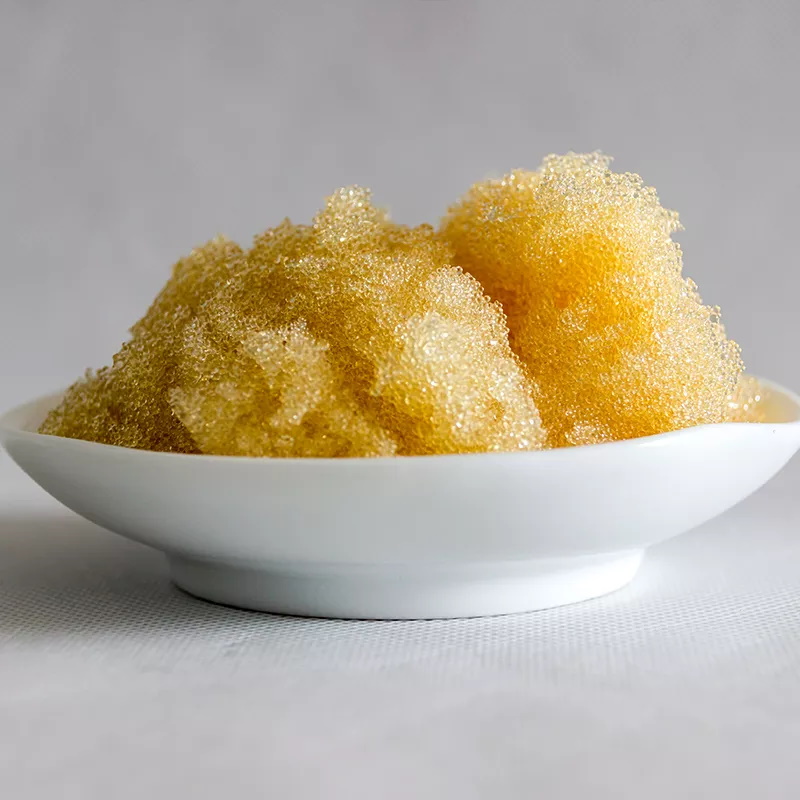Softener Resin
If your household is one of the 85% of those in North America with hard water, you’ll greatly benefit from a water softener. When you’re choosing a softening system, you’ll find that the two most common types of resins are 8% and 10% crosslink softener resin. The quality of your resin is key to determining how effective the softener is and how long it will last. Here’s what you need to know about the differences between the two.

What is
Softener Resin?
Before you can understand the types of resin, you need to understand what resin is. This ion exchange media is like many strings of beads tangled together. When hard water flows through these beads, ion exchange takes place. The resin removes the hardness ions like magnesium and calcium from the water and replaces them with soft ions.
As more and more calcium and magnesium ions cover the resin beads, they will become less effective at softening your water. Eventually, you’ll have to replace the softener.
8% Softener Resin vs. 10% Softener Resin
The percentage for 8% and 10% resin represents the Divinylbenzene (DVB) content. As the percentage goes up, the beads become stronger and denser. The beads also become smaller so there are more beads per cubic foot in the 10% than the 8% softener resin. When you have more beads, they are more effective at attracting hardness ions.
Today, most water softeners on the market use 8% resin. These last about 8-10 years. On the other hand, high-performance water softeners that operate with 10% crosslink resin last about 20 years. Because there are more links making up the chain, they are more durable.
Trust Supreme Filtration’s Expert Guidance on Softener Resin
Trust Supreme Filtration’s Expert
Guidance on Softener Resin
If you have more questions about softener resin types, our experts at Supreme Filtration will be happy to help you. Get in touch with us today to discuss the best product for softening your hard water!

